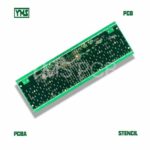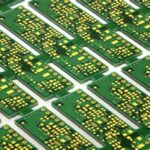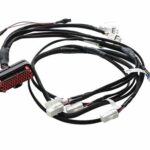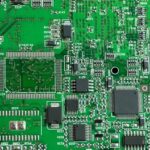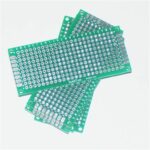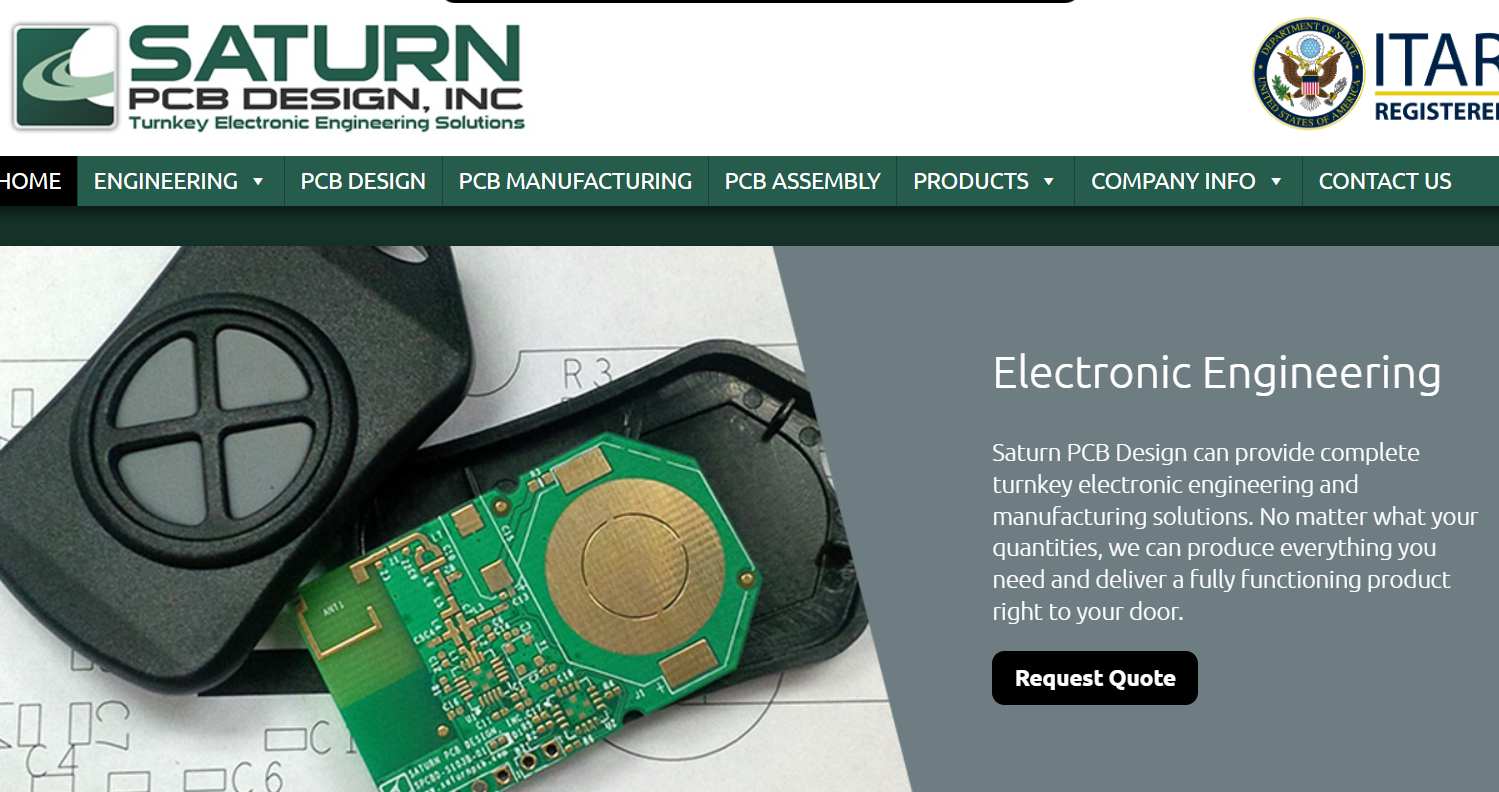
PCB
-
All bout Satrun PCB You need To Know
Posted by
–
 Read more: All bout Satrun PCB You need To Know
Read more: All bout Satrun PCB You need To KnowPrinted circuit boards (PCBs) form the core foundation of electronics hardware providing the platform for mounting components and interconnecting them. As applications spanning computing, communications, healthcare, automotive etc continue to get complex, PCB technology is evolving in tandem. Saturn PCB refers to a novel 3D fabrication approach intended to offer … Read more
-
What is Semiconductor PCB ?
Posted by
–
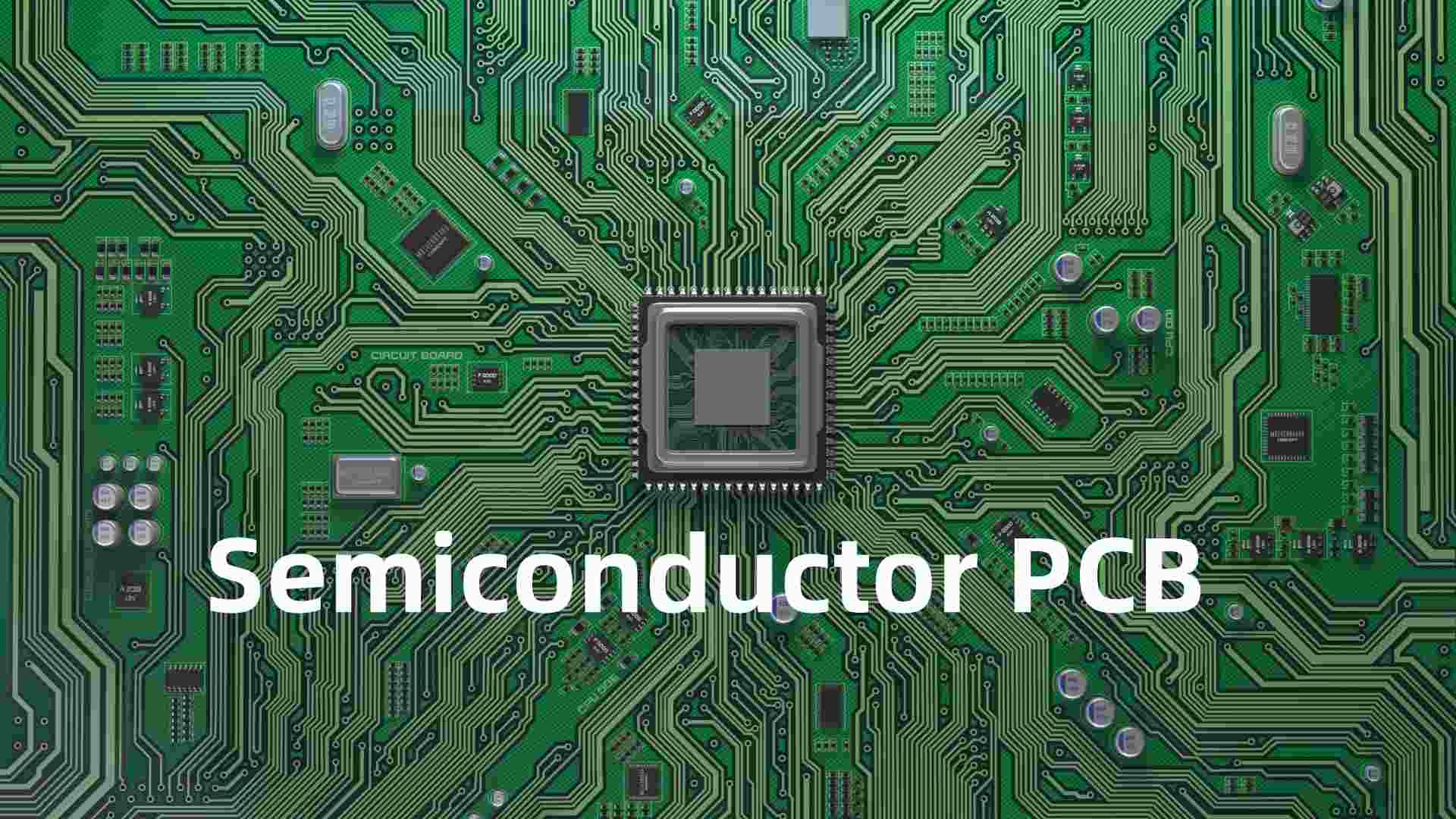 Read more: What is Semiconductor PCB ?
Read more: What is Semiconductor PCB ?A semiconductor Printed Circuit Board (PCB) refers to a PCB designed to hold semiconductor components like integrated circuits (ICs), transistors, diodes, etc. along with associated passive components. It provides mechanical support, electrical connectivity through copper traces to route signals, and aids heat dissipation for reliable functioning of on-board electronics. Semiconductor … Read more
-
What is Single Sided PCB Board?
Posted by
–
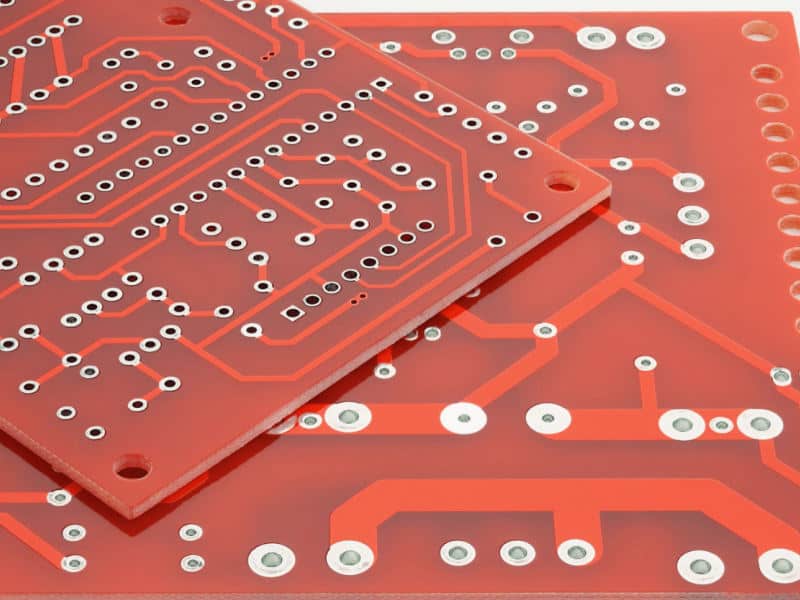 Read more: What is Single Sided PCB Board?
Read more: What is Single Sided PCB Board?A single sided PCB (printed circuit board) contains conductive copper traces patterned on only one side of the base dielectric substrate material. All components and routing reside on the same top layer surface. Single sided boards provide an affordable option for simple circuits not needing complex interconnects or multilayer stacking. … Read more
-
What is Sma Connector PCB ?
Posted by
–
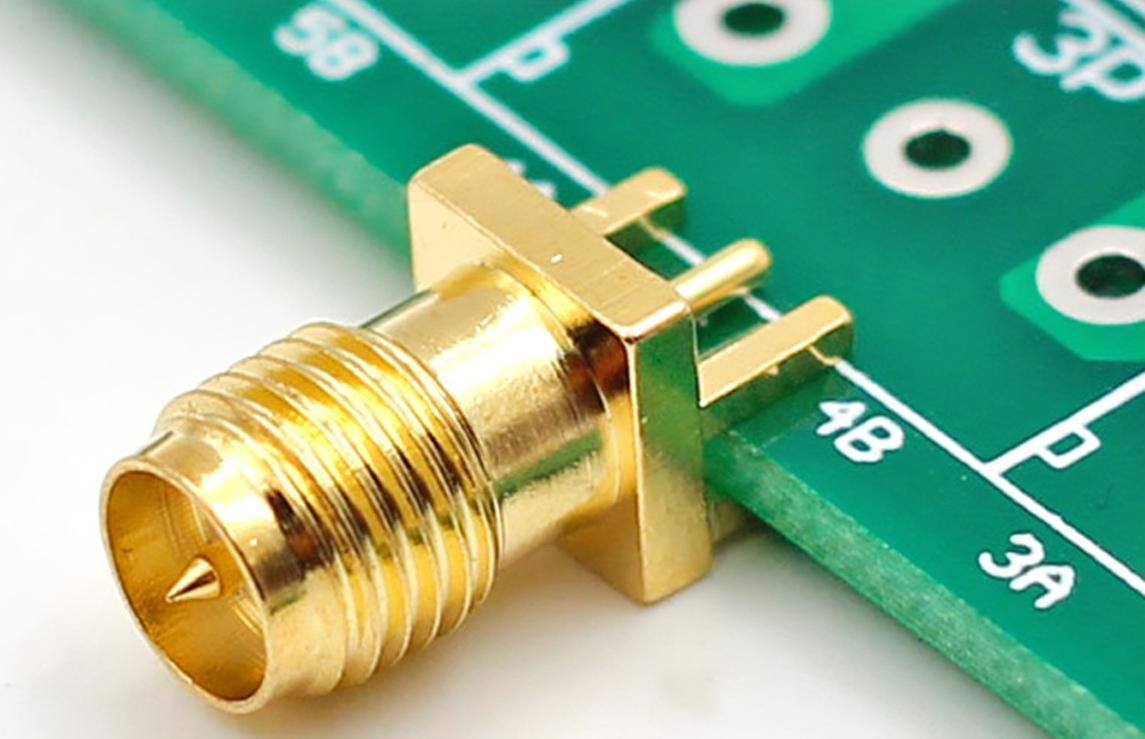 Read more: What is Sma Connector PCB ?
Read more: What is Sma Connector PCB ?SMA (SubMiniature Version A) connectors are extensively used in high frequency applications up to 26GHz like telecom infrastructure, test equipment, defense electronics, and microwave radio links. Their compact sturdy interface and excellent RF performance makes them a versatile coaxial interconnect option. But what exactly is an SMA connector in the … Read more
-
What is The smallest PCB ?
Posted by
–
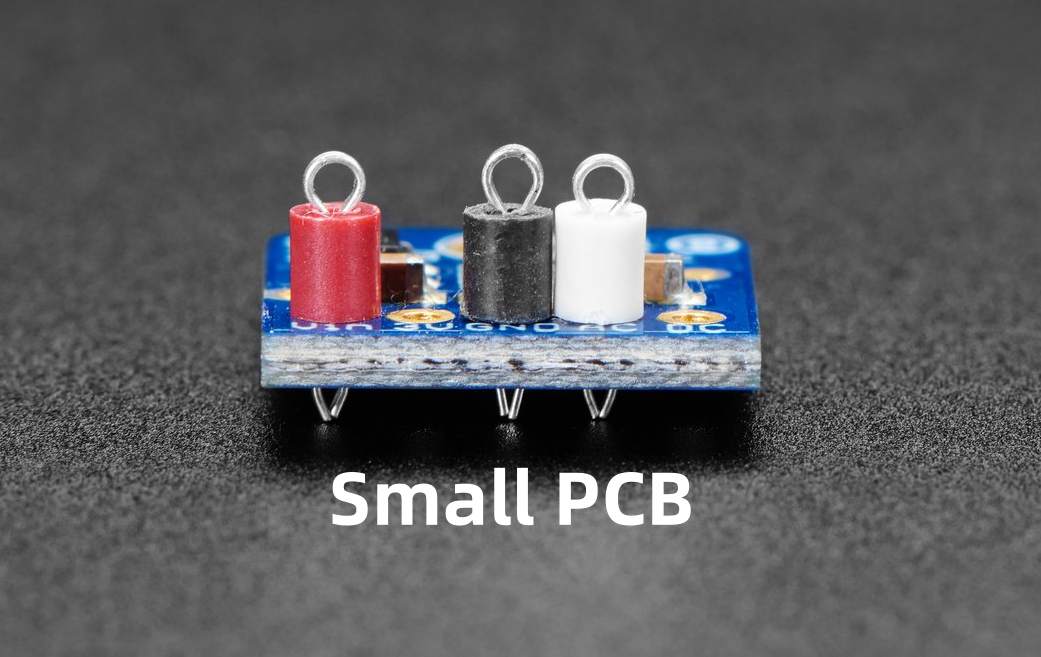 Read more: What is The smallest PCB ?
Read more: What is The smallest PCB ?Printed circuit boards (PCBs) provide the foundation for almost every electronic device we use. Whether in phones, appliances, vehicles, or massive supercomputers, PCBs facilitate communication between components to enable complex functionality. While often going unnoticed, the capabilities and limitations of PCB technology directly impact the size and performance of electronics. … Read more
-
How to Make LED Circuit on PCB board?
Posted by
–
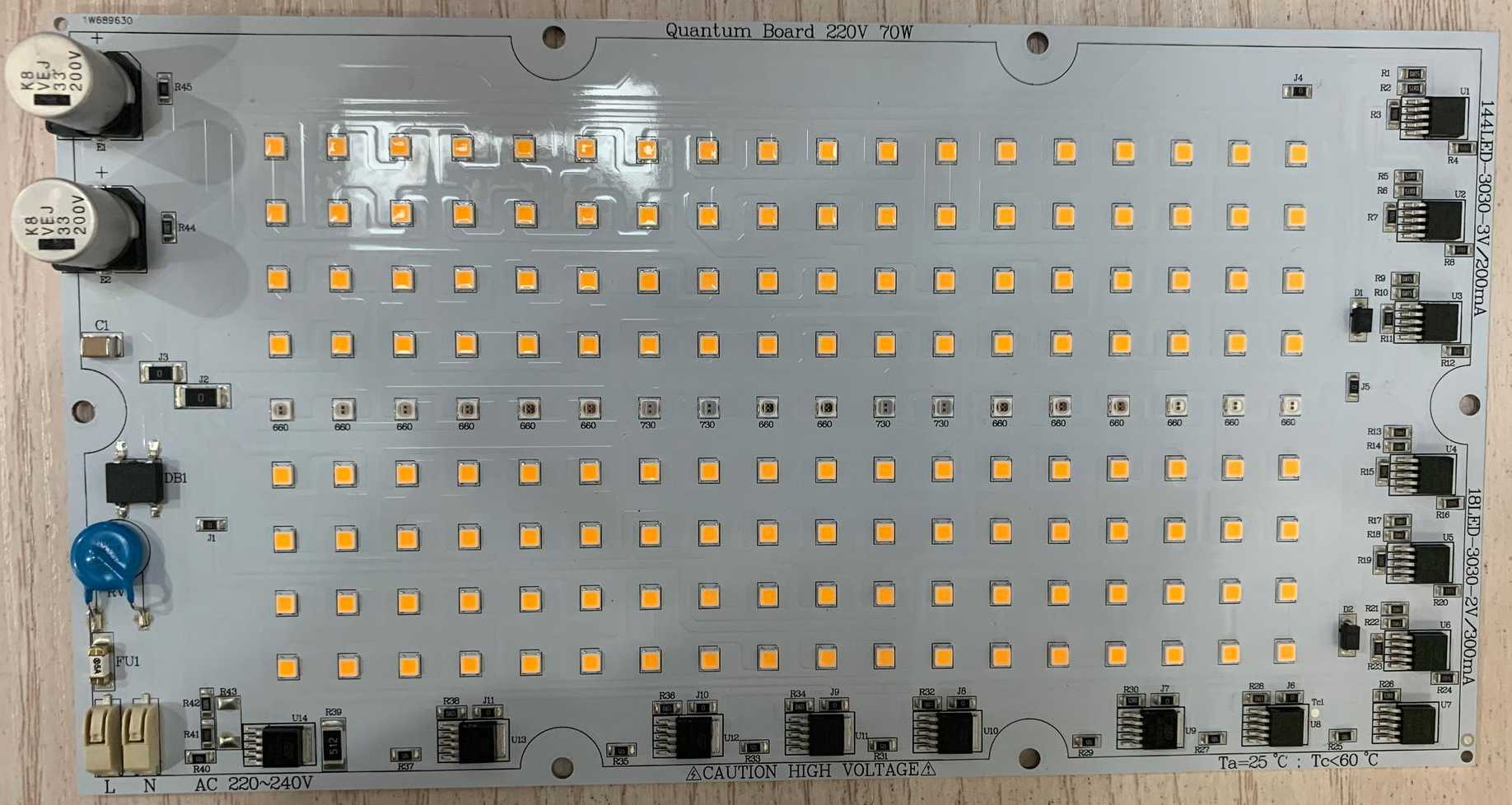 Read more: How to Make LED Circuit on PCB board?
Read more: How to Make LED Circuit on PCB board?LEDs or Light Emitting Diodes are semiconductor devices that emit light when current flows through them. LEDs are becoming increasingly popular in lighting applications due to high efficiency, long life, robustness and eco-friendly nature. But using LEDs effectively requires properly designing the LED driver circuit and PCB. Keyword: SMD LED … Read more
-
What is SMD in PCB?
Posted by
–
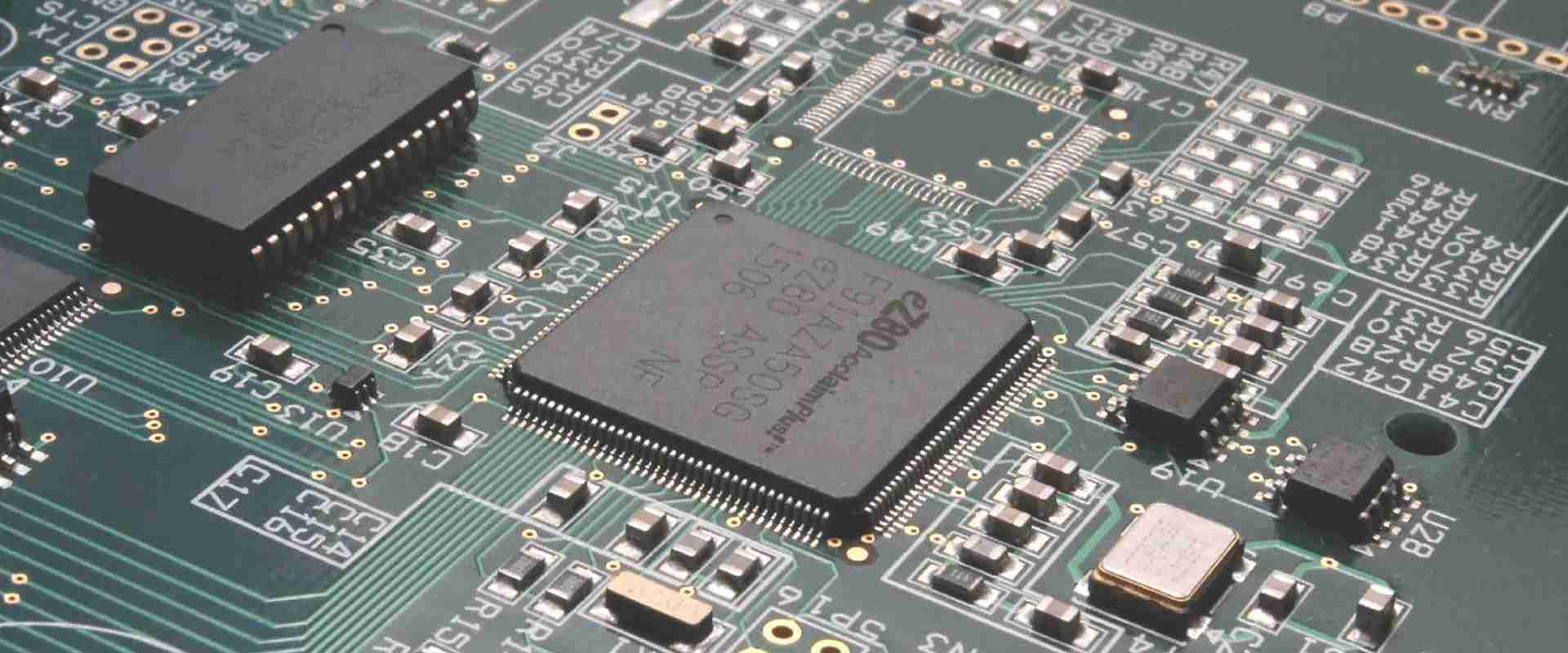 Read more: What is SMD in PCB?
Read more: What is SMD in PCB?SMD stands for “Surface Mount Device” representing a category of electronic components and the assembly method used to mount them onto circuit board surfaces without inserted leads. SMD technology has revolutionized printed circuit board (PCB) capabilities enabling the electronics miniaturization, performance increases, and reliable mass manufacturing prevalent today across consumer, … Read more
-
What is a Solder Mask Used for?
Posted by
–
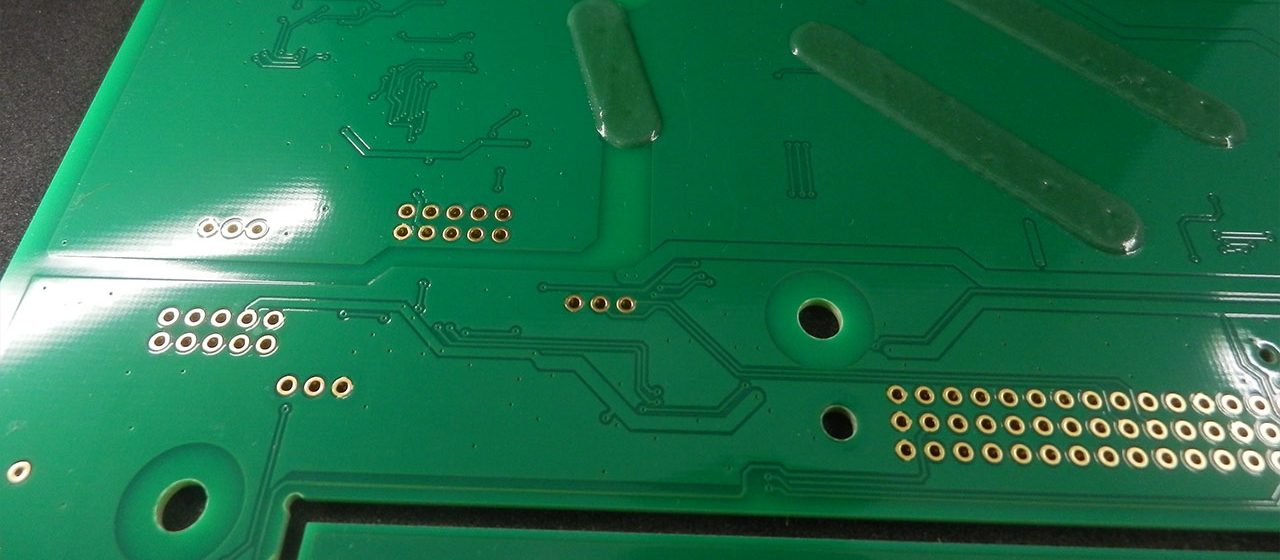 Read more: What is a Solder Mask Used for?
Read more: What is a Solder Mask Used for?A solder mask, also known as solder resist, is a thin lacquer-like layer of polymer that is applied to the surface of printed circuit boards (PCBs) to protect the copper traces from environmental damage and prevent solder bridges from forming between closely spaced solder pads during assembly. This protective insulator … Read more
-
How Do you Solder a PCB ? ( Step by Step )
Posted by
–
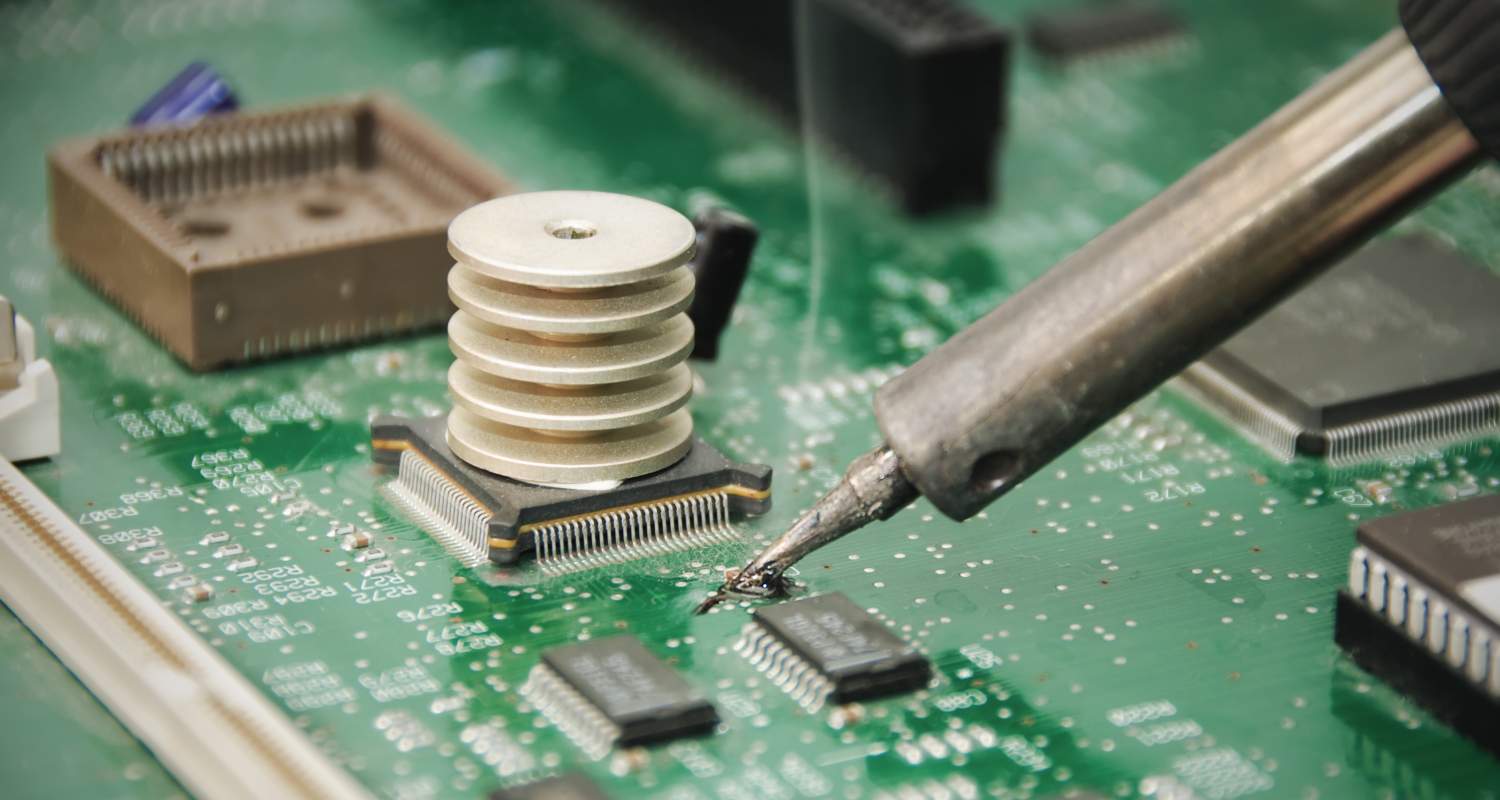 Read more: How Do you Solder a PCB ? ( Step by Step )
Read more: How Do you Solder a PCB ? ( Step by Step )Printed circuit boards (PCBs) are fiberglass boards that act as the foundation for electronics. Attaching components to PCBs is done through a process called soldering. Soldering fuses metal components to copper pads on the board by melting metal filler material (solder) to form an electrical connection. Learning proper technique ensures … Read more
-
What is a Spring Contact Test Probe For PCB ?
Posted by
–
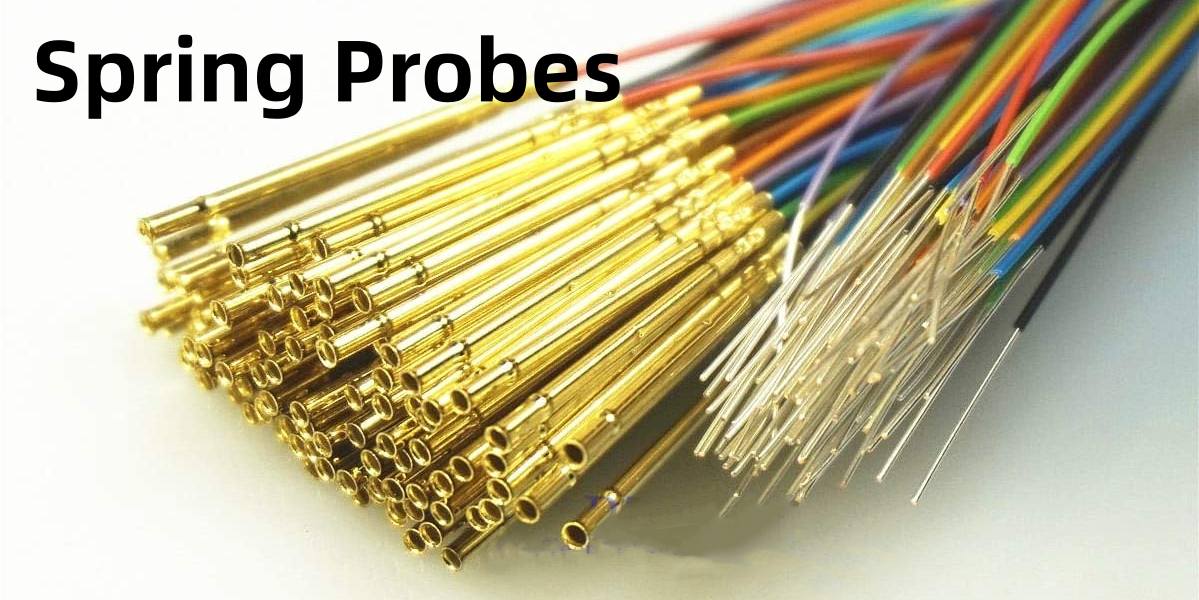 Read more: What is a Spring Contact Test Probe For PCB ?
Read more: What is a Spring Contact Test Probe For PCB ?Test and measurement forms a pivotal phase validating full functionality across printed circuit board (PCB) assemblies during the product development cycle. Specialized spring contact probes help establish temporary connections between the device under test (DUT) and external testing equipment. This article provides an overview of PCB test probes focusing on … Read more
Recent Posts
- Understanding the PCB Burn-in Testing Process in PCB Manufacturing!
- Unlock the Potential of Embedded PCB Assemblies for Improving the Performance of Electronics Devices
- What are the Advantages of Custom Cable Assembly to meet your bespoke needs?
- What are the benefits and limitations of custom PCB boards?
- What are the benefits of Prototype PCB manufacturing and why is it important?
Categories
- 3D Guides 2,663
- Components 4
- Design 22
- Electronics 20
- PCB 125
- SMT 27
Tag Cloud
There’s no content to show here yet.
